The subtle white flowers of longstyle sweetroot (
Osmorhiza longistylis) brighten dark corners in the spring shade garden. Use this easy-to-grow, reliable native plant in any shady garden, whether under trees, intermixed with other spring-flowering wildflowers or naturalized in a woodland understory. This beautiful perennial has fern-like foliage, an anise-scented root and a tolerance for a wide range of soils and conditions.
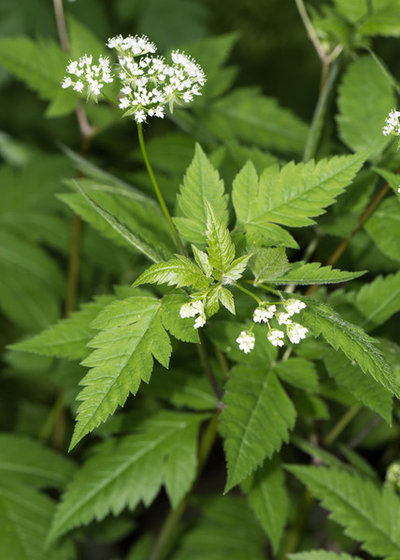
Holm Design & Consulting LLC
Botanical name: Osmorhiza longistylisCommon names: Longstyle sweetroot, long-styled sweet cicely, aniseroot
Origin: Occurs in west-central to eastern North American woodlands, from Montana southward to New Mexico in the west, and eastward to Maine in the north and Georgia in the south; absent in Louisiana and Florida; in Canada occurs from Alberta eastward to Nova Scotia
Where it will grow: Hardy to -45 degrees Fahrenheit (USDA zones 2b to 8a; find your zone)
Typical plant communities: Moist to dry deciduous woodlands
Soil requirement: Mesic to medium-dry (mesic-dry), sandy-loam to clay-loam soil
Light requirement: Shade to partial shade
Mature size: 12 to 36 inches tall and 12 to 15 inches wide
Benefits and tolerances: Very shade tolerant and thrives in most soil types
Seasonal interest: Flat-topped, bright white flowers that open in late April to May; fern-like foliage; anise-smelling root
When to plant: Spring or fall; bare-root and potted plants are available from many native-plant nurseries
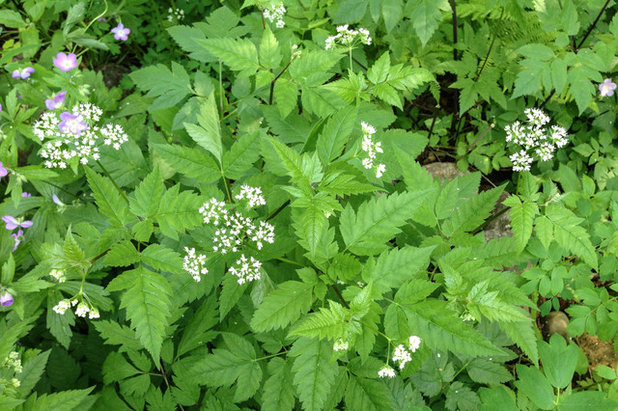
Holm Design & Consulting LLC
Shown: A mature plant growing in a shady site in a woodland garden.
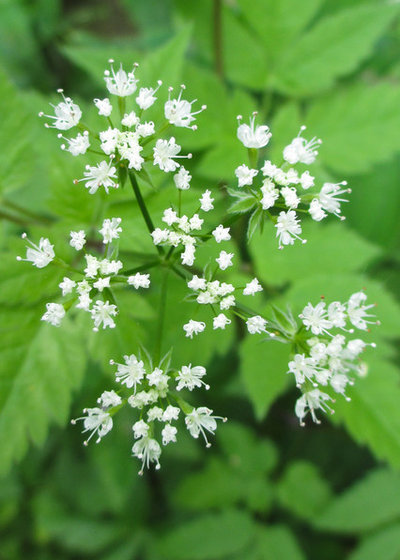
Holm Design & Consulting LLC
Distinguishing traits. Longstyle sweetroot has finely cut, fern-like foliage, dark purple flower stalks and bright white flowers that glow in shady sites; this plant has a reliable upright, sturdy form.
Shown: Close-up of the flower form
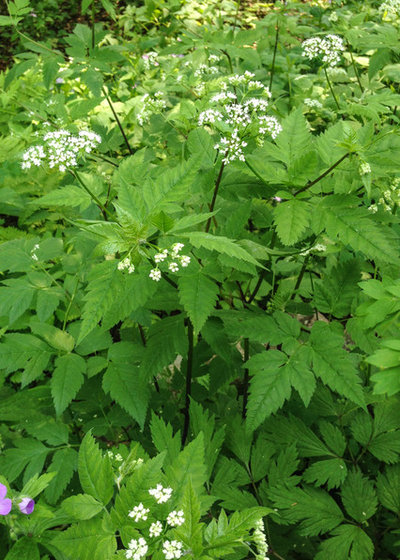
Holm Design & Consulting LLC
How to use it. Use it in any shady setting, in the middle section of a perennial border, under trees or naturalized in a woodland. Combine longstyle sweetroot with other native shade-tolerant perennials, including wild geranium (
Geranium maculatum), Jacob’s ladder (
Polemonium reptans), Virginia waterleaf (
Hydrophyllum virginianum) and baneberry (
Actaea spp).
Planting notes. Longstyle sweetroot has a fleshy taproot, which can make transplanting mature plants difficult. The plants will reseed, so it’s best to look for small seedlings to move rather than transplant a mature plant.
Rabbits will occasionally browse the foliage. In my experience, deer do not browse this plant, possibly because of the anise-scented stalks and root.
How to Design a Beautiful Shade Garden
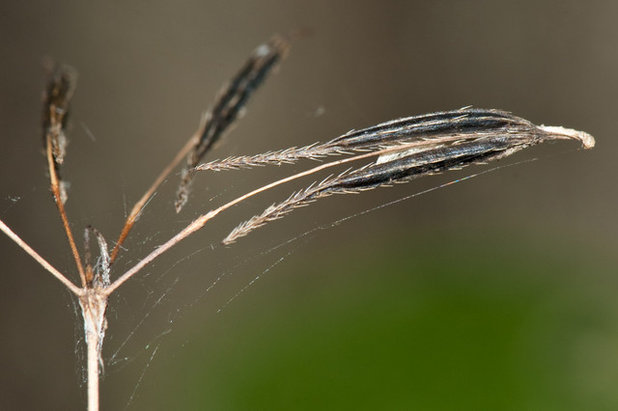
Holm Design & Consulting LLC
The seeds (shown here) are covered in small hairs and are dispersed by animals. These bur-like seeds are a minor nuisance and can be easily plucked off clothing.
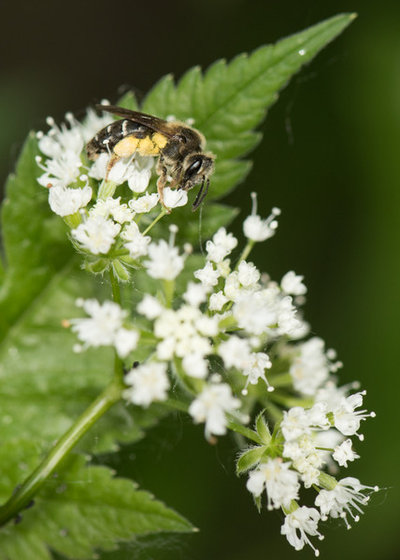
Holm Design & Consulting LLC
Pollinator notes. It attracts a number of pollinating insects, including bees, flies and moths. The flat-topped flower provides a landing platform for these small insects, and the nectar and pollen are easily accessed from the shallow flowers.
Shown: A female mining bee (
Andrena sp)





